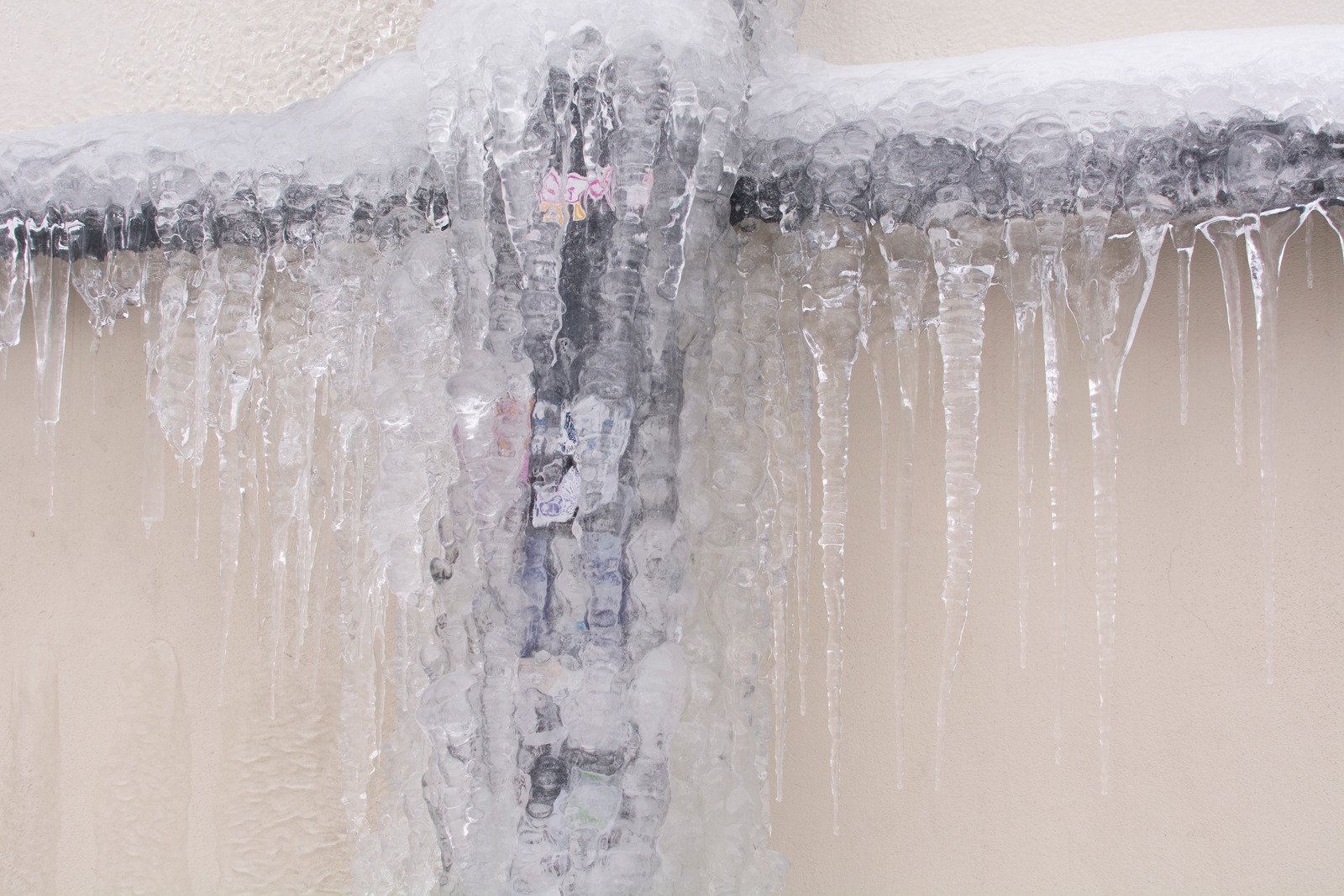As cliche as it sounds, no one believes an emergency situation could happen to them until it’s too late. It might be tempting to ignore the risk of a potential disaster, but do you really want to leave your future up to the fates? Simple preventive devices and safety tools can be the difference between a total catastrophe and a minor setback.
From fires to break-ins, horrific misfortunes happen every day. I don’t state this fact to be bleak or so we can dwell on the unjustness of this world. It’s important to acknowledge that the unthinkable can happen in the blink of an eye to anyone. That’s why it’s so important to prepare for the worst before it can happen.
Here are our top 8 safety tools we encourage everyone to keep in their home:
1. First Aid Kit
Whether you’re treating a minor wound or need a quick fix before heading to the ER, a first aid kit is an absolute must in any home. A quality kit will include gauze dressings, eye dressings, gloves, safety pins, tweezers, scissors, cleansing wipes, rash cream, insect bite relief spray, antiseptic cream, and painkillers. There are kits with far more extensive supplies too.
Be sure to keep your kit somewhere easy to locate. Store it in a dry space such as in an easy to reach kitchen cabinet. Everyone in your home should be aware of where to find it – even your children. You never know when you might need them to fetch it for you in an emergency!
2. Motion Detector Lights/Floodlights
It might not seem like a possible safety tool but motion detector lights (or floodlights) can actually be a great defense against burglary. Someone looking to break into a home won’t want to draw attention to themselves. If they set off a motion detector light, they might flee and you’ll save yourself the danger of dealing with a potentially dangerous individual forcing their way into your home.
If you purchase a good enough system, any major flooding that comes from a broken water main might be detected and alert you to the potential water damage.
3. Smart Doorbell
In essence, a smart doorbell is a high tech peephole. You install it at your front door and it gives you a live video feed of the exterior of your home. This is another powerful tool to combat break-ins. If the sheer presence of a camera doesn’t deter them, you’ll at least have footage of them.
Most smart doorbells allow you to access their feed through your smartphone. You can check in on your home while you’re away and even speak through it if someone rings your doorbell. Some are set up to record when set off by motion sensors but you can also set it to record 24/7.
4. Flashlight
Though our smartphones have flashlights automatically installed, you might need something a bit better with higher lumen output. Blackouts can be unfortunate when they strike after sunset. Always be prepared for that scenario with a battery-powered flashlight.
5. Fire Extinguisher
This one might be a no-brainer. But it’s an important safety tool to make note of nevertheless. According to the National Fire Protection Association, a home fire occurred every 87 seconds in 2018. Fire can be devastating for your home and potentially for your health. Fire extinguishers offer a simple, easy way to stop small fires before they get out of control.
Similar to a first aid kit, this is a tool that should be readily available to all members of your household. It’s not a bad idea to store these two items in the same spot. But it can’t fit in your kitchen cabinet, choose a coat closet or linen closet close to the main area of your home.
It’s also not allowed near anything combustible as this could pose a hazard. Near stoves and ovens are a no-no.
Don’t forget the rules of PASS when using a fire extinguisher!
If you experience any fire damage to your home or building, Restoration 1 Central Denver is here to help with any and all of your home rehabilitation needs!
6. Lighters
Although fire can be extremely hazardous when it’s out of control, it can be a helpful tool in many emergency situations. Lighters can come in handy in the instance of a blackout caused by adverse weather.
When you have a power outage due to torrential rain or storms, there’s a possibility that you may also experience a flood. If your flashlight is submerged, it’s rendered useless. But lighters still work even if they get wet. They can offer some light or even warmth if you have a fireplace.
7. Carbon Monoxide Detector
Carbon monoxide leaks most commonly occur in homes with fuel-burning appliances. Certain levels of carbon monoxide are always present in the air. But levels should never exceed what exists outside. When carbon monoxide levels do exceed normal levels it can potentially be lethal.
Carbon monoxide detectors are starting to become as commonplace as fire detectors –another vital prevention device you should definitely have in your home. But they’re not always included when you move into a new space. Be sure to double-check that your home is equipped with a functional carbon monoxide detector.
8. Water and Shelf-Stable Food
Sometimes an emergency can leave you stranded in your home. Whether you’re forced to stay in due to a hurricane or a blizzard, food and water provisions are something you should always keep handy. If a natural disaster is severe enough, it could result in an extended shelter-in-place or perhaps even your water supply getting cut off.








